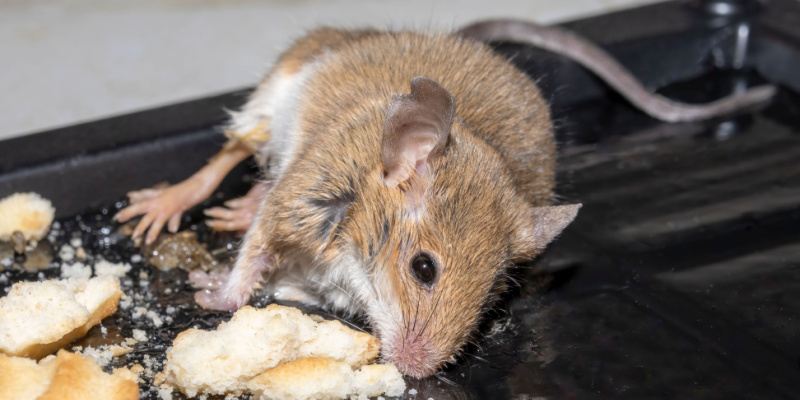Discovering a mouse in your home can be an unsettling experience. As a homeowner in Tennessee, it's important to be aware of the signs of a mouse infestation. Mice are not only a nuisance but can also pose health risks and cause damage to your property. Learn how to identify a mouse problem in your home with a few basic steps.
1. Droppings: The Telltale Sign
One of the most obvious signs of a mouse infestation is the presence of droppings. Mouse droppings are small, dark, and shaped like a rod. They are often found in areas where food is stored, such as kitchens and pantries, as well as along baseboards, in attic spaces, and behind appliances. Regular inspection of these areas can help you catch an infestation early.
2. Sounds of Scampering
Mice are nocturnal creatures, so you might hear them moving around at night. Sounds of scratching, gnawing, and scampering on walls or ceilings are common indicators of their presence. These sounds are more noticeable at night when the house is quiet.
3. Gnaw Marks and Damaged Goods
Mice have strong teeth and tend to gnaw on various objects to keep their teeth sharp. Look for gnaw marks on furniture, wires, food packaging, and other household items. This habit not only damages your property but can also create a fire hazard if electrical wiring is involved.
4. Nests and Nesting Materials
Mice build nests using shredded paper, fabric, or other fibrous materials. Finding these nests, often hidden in secluded areas like wall cavities or the backs of closets, is a clear sign of an infestation.
5. Tracks and Grease Marks
Mice leave dirty grease marks and footprints along their regular routes. You might notice these tracks on dusty surfaces or along walls. To check for tracks, you can sprinkle a thin layer of flour or talcum powder in areas you suspect they travel.
6. Unpleasant Odors
A strong, musky odor is another sign of a mouse infestation. This smell is particularly noticeable in enclosed spaces and may indicate a large or long-term infestation.
7. Pet Behavior
Pets, especially cats and dogs, may become more active or excited in areas where mice are present. Pay attention to changes in your pet's behavior, such as barking or pawing at spaces under furniture or in the walls.
What to Do If You Suspect a Mouse Problem
If you've noticed any of these signs, it's important to take action quickly to prevent the infestation from growing. Here are some steps you can take:
- Clean Up: Keep your home clean and free of food scraps. Store food in airtight containers.
- Seal Entry Points: Inspect your home for any holes or gaps and seal them. Mice can enter through very small openings.
- Set Traps: Traps can be an effective way to catch and remove mice from your home.
However, dealing with a mouse infestation can be challenging and sometimes requires professional help. For more detailed information on dealing with mice, check out this guide on identifying and controlling mouse infestations here.
Professional Help
Sometimes, despite your best efforts, you may need professional help to effectively manage a mouse problem. Professionals can offer more comprehensive solutions, including identifying and sealing entry points, using more effective traps or baits, and providing ongoing monitoring and support.
For more information on professional pest control services and how they can help you deal with a mouse infestation, visit All Pest Solutions.
Being aware of the signs of a mouse infestation is crucial for homeowners. By taking swift action, whether through DIY methods or seeking professional assistance, you can protect your home and family from the risks associated with these common household pests. Remember, early detection is key to preventing a small problem from becoming a bigger issue.

